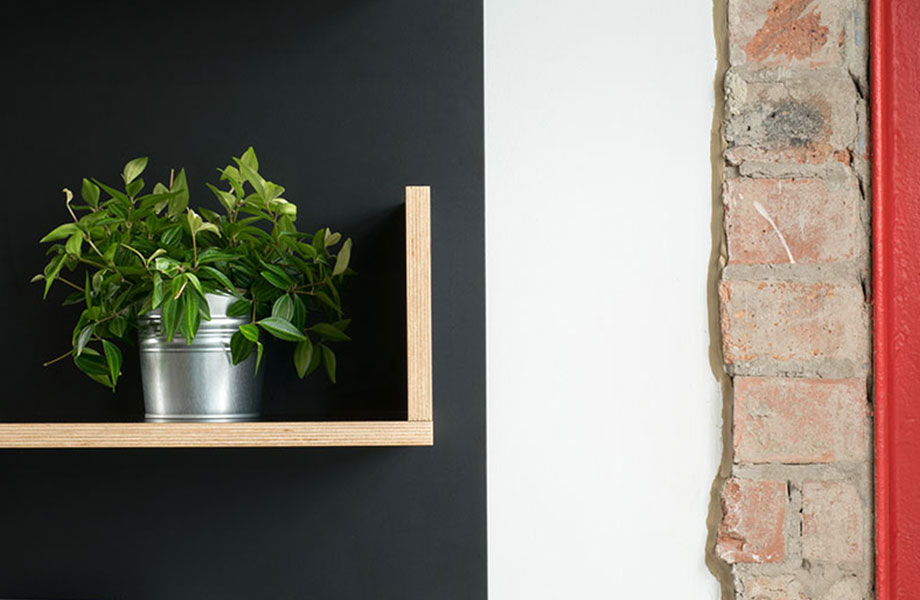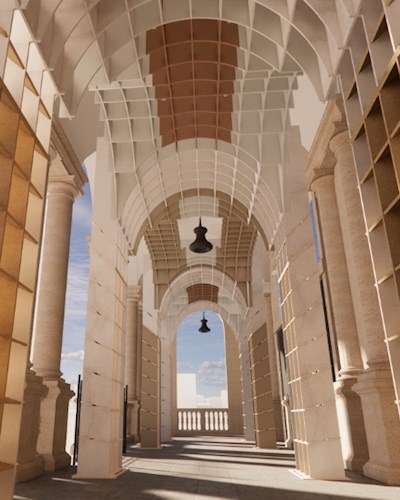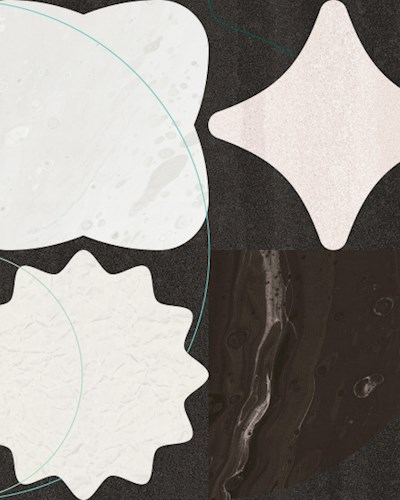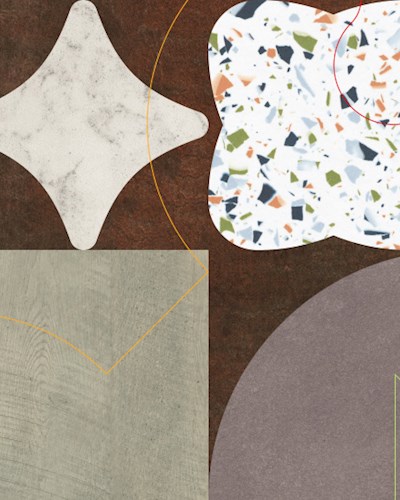How Do I Provide a Good Substrate For Use in Postformed Components?
How Do I Provide a Good Substrate For Use in Postformed Components?
The requirements for providing a good substrate for laminates in general fabrication apply also in postforming. In addition a substrate having good edge machining properties (producing a smooth clean finish with minimum break out) is required to provide a smooth transition from the flat into the radius and flawless adhesion over the curve with minimum show-through.
Chipboard
Good quality chipboard having a smooth and even surface finish is essential. It should be constructed to prevent tearing out of the chip particles during the edge profiling process and provide a fine even surface with no voids. A brushing operation to remove loose particles after machining the profile is advisable.
MDF
The excellent machining qualities of MDF make it an ideal substrate for producing smooth edge profiles.
Plywood
Machining of the profile is more difficult with plywood as the multiple glue lines can produce unequal wear of cutter blades.
Blades must be kept as sharp as possible and will benefit from being regularly cleaned and coated with a release agent to prevent resin build-up.
A post sanding operation followed by brushing is advisable after machining.
The machining direction should follow the grain of the surface veneers.
Solid Nose Pieces
Where components are required to have a large internal or external radius the profile should be fashioned from built-up sections of MDF or chipboard and never from solid timber which may shrink and produce a ripple effect or telegraphing on the surface of the laminate.




